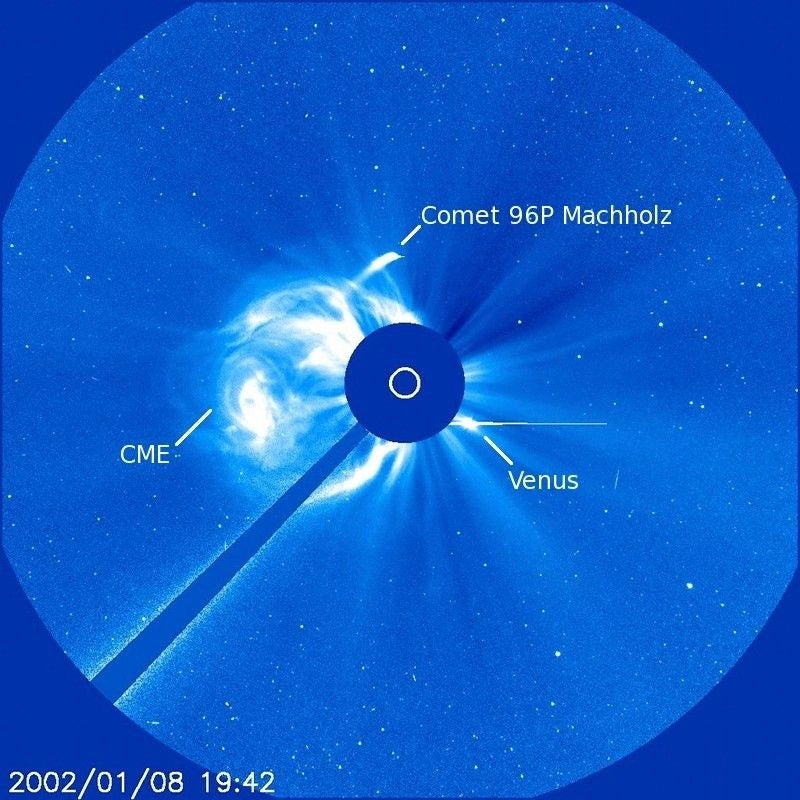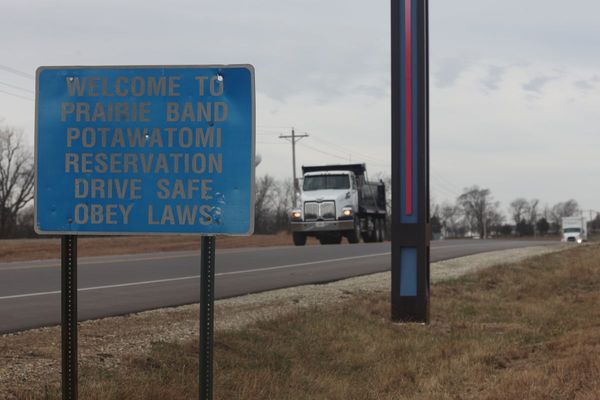
Summer's celestial spectacle is almost here, with a rare meteor shower duet set to grace the skies.
The Southern Delta Aquariid and Alpha Capricornid showers will peak simultaneously in the early morning of July 30.
Stargazers can anticipate bright, clear displays, as a quarter-full waxing moon will offer minimal light interference. For optimal viewing, head away from city lights.
With each shower expected to produce up to a dozen visible meteors per hour under dark skies, the doubleheader means the total number of meteors “do add up,” said Thaddeus LaCoursiere, planetarium program coordinator at the Bell Museum in St. Paul, Minnesota.
“Look for flashes of light in the night sky,” he said, adding that both are “very nice classic meteor showers.”

The Alpha Capricornids — produced by slower-moving meteors — may have tails that linger slightly longer in the sky, said Nick Moskovitz of the Lowell Observatory in Flagstaff, Arizona.
Viewing of each shower lasts through August 12.
What is a meteor shower?
As the Earth orbits the sun, several times a year it passes through debris left by passing comets and sometimes asteroids.
The source of the Delta Aquariids is debris from comet 96P/Machholz. The Alpha Capricornids stem from the comet 169P/NEAT.
When these fast-moving space rocks enter Earth’s atmosphere, the debris encounters new resistance from the air and becomes very hot, eventually burning up.
Sometimes the surrounding air glows briefly, leaving behind a fiery tail — the end of a “shooting star.”
You don’t need special equipment to see the various meteor showers that flash across annually, just a spot away from city lights.
How to view a meteor shower
The best time to watch a meteor shower is in the early predawn hours when the moon is low in the sky.
Competing sources of light — such as a bright moon or artificial glow — are the main obstacles to a clear view of meteors. Cloudless nights when the moon wanes smallest are optimal viewing opportunities.
And keep looking up, not down. Your eyes will be better adapted to spot shooting stars if you aren’t checking your phone.
When is the next meteor shower?
The next major meteor shower, the Perseids, peaks in mid August.___
Most Americans favor US returning to moon and going to Mars, new poll shows
The soil on the Moon could support life, scientists say
Scientists just saw a solar system being born for the first ever time
Life might have come from outer space, scientists say
Fast internet is getting in the way of understanding the universe, scientists warn
Earth is spinning faster and is about to see one of its shortest days ever







